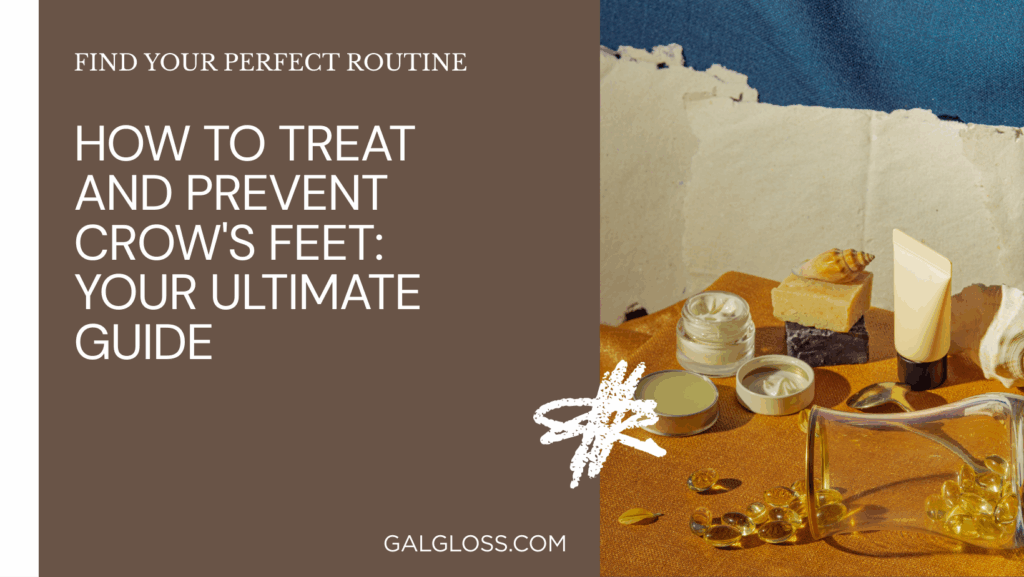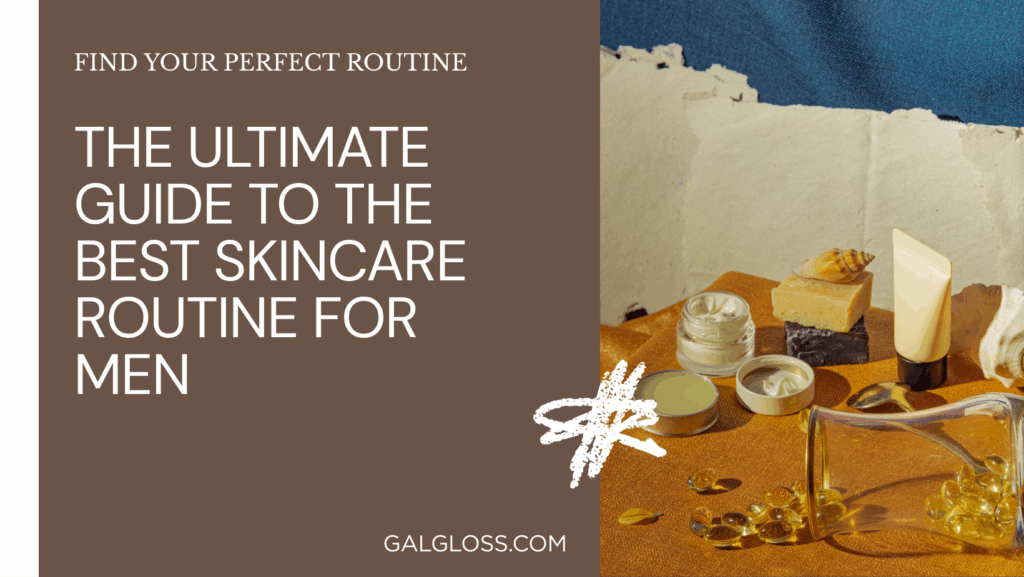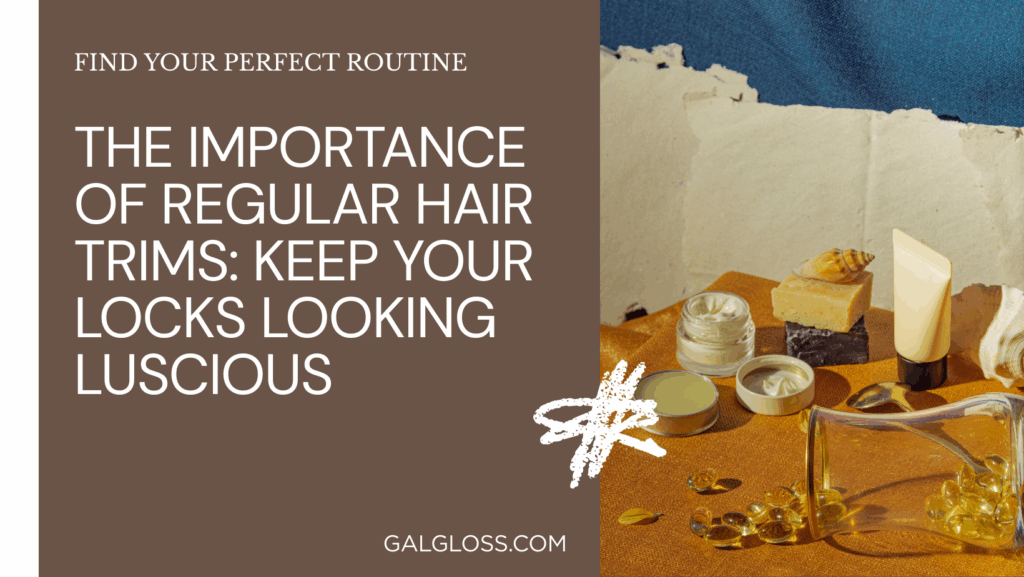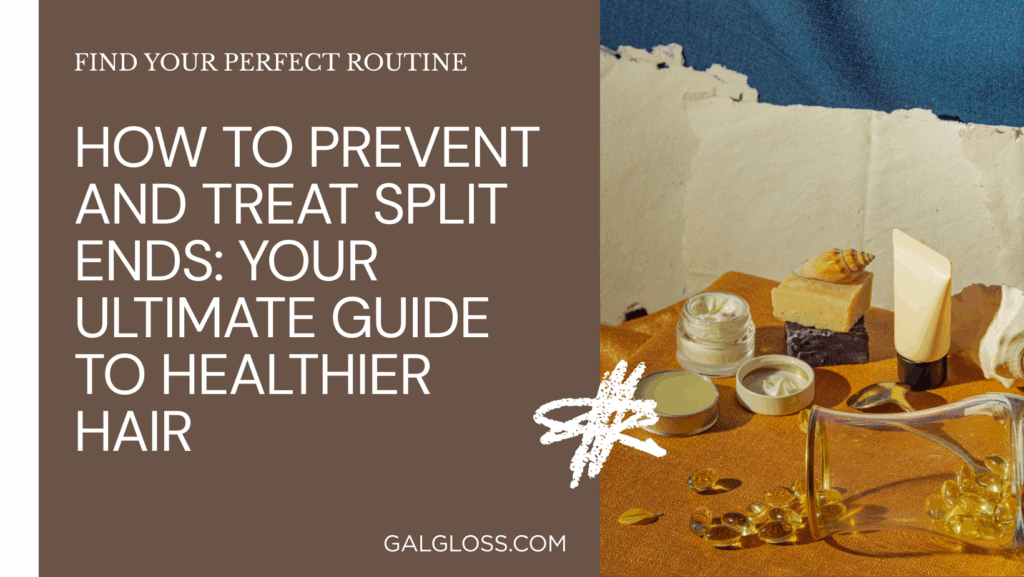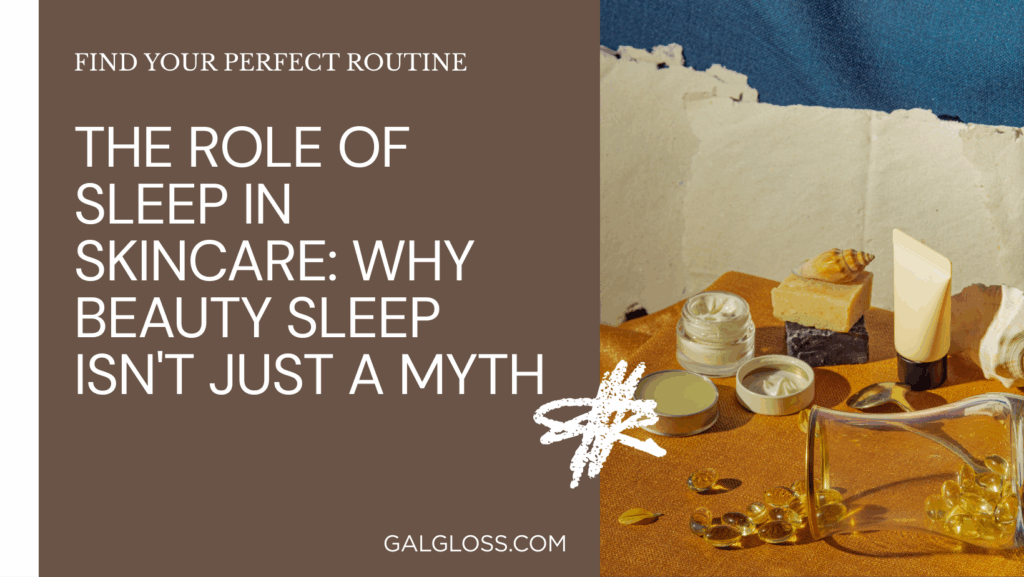Ever run your fingers through your hair only to feel rough, frayed ends? You’re not alone. Split ends are the bane of many a hair lover’s existence. But fear not! We’re about to embark on a journey to banish those pesky split ends and keep your locks looking luscious.
What Are Split Ends, Anyway?
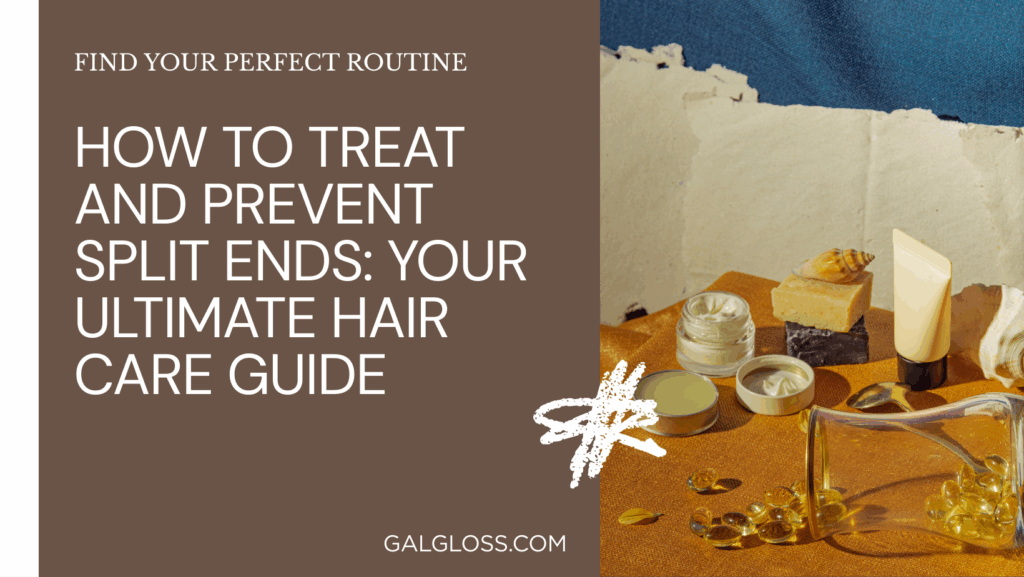
Picture this: your hair strand is like a piece of rope. When it’s healthy, all the fibers are neatly bundled together. But when damage strikes, those fibers start to unravel at the ends. That’s essentially what split ends are – frayed, separated ends of your hair shafts.
Why all the fuss about these tiny hair troubles? Well, split ends aren’t just a cosmetic nuisance. They’re a sign your hair is crying out for help! Left unchecked, split ends can travel up the hair shaft, causing more damage and even breakage. Plus, they make your hair look dull, frizzy, and generally unhealthy. Not exactly the crowning glory you’re after, right?
Understanding Split Ends: The Root of the Problem
Before we dive into treatments, let’s get to the root of the issue. What causes these hair-splitting villains?
Common Culprits of Split Ends:
- Heat damage (hello, flat irons and curling wands!)
- Chemical treatments (we’re looking at you, bleach and hair dye)
- Overwashing and harsh shampoos
- Rough towel-drying
- Tight hairstyles that stress your strands
- Environmental factors like sun exposure and pollution
Spotting split ends is like playing detective with your hair. Look out for:
- Visible splits at the hair ends
- Rough, dry texture when you run your fingers through your hair
- Tangled, knotty ends that are hard to comb
- Hair that looks frizzy or flyaway, especially at the bottom
10 Effective Ways to Treat Split Ends
Now that we know the enemy, let’s arm ourselves with some split end-slaying strategies!
- Regular Trims: The most effective treatment is prevention. Get a trim every 6-8 weeks to snip off those splits before they travel up the hair shaft.
- Deep Conditioning Treatments: Give your hair a moisture boost with weekly deep conditioning. Look for products with ingredients like keratin, biotin, and collagen to strengthen your strands.
- Hair Masks and Oils: DIY or store-bought, hair masks can work wonders. Try a coconut oil mask once a week – your hair will thank you!
- Proper Brushing Techniques: Start from the bottom and work your way up using a wide-tooth comb. This minimizes breakage and prevents split end formation.
- Heat Protection: If you must use heat tools, always apply a heat protectant first. It’s like sunscreen for your hair!
- Silk Pillowcases: Swap your cotton pillowcase for a silk one. It reduces friction and keeps your hair smooth while you snooze.
- Avoid Tight Hairstyles: Give your hair a break from tight ponytails and buns. Opt for loose styles that don’t pull on your strands.
- Limit Chemical Treatments: Space out your coloring or perming sessions. Your hair needs time to recover between treatments.
- Proper Towel-Drying Methods: Ditch the vigorous rubbing. Gently squeeze out excess water with a microfiber towel or an old t-shirt.
- Diet and Hydration: What you put in your body shows in your hair. Stay hydrated and eat a balanced diet rich in vitamins and proteins.
Preventing Split Ends: 8 Pro Tips
An ounce of prevention is worth a pound of cure, especially when it comes to split ends. Here are some pro tips to keep those pesky splits at bay:
- Choose the Right Shampoo and Conditioner: Look for sulfate-free, moisturizing formulas. Your hair type matters – what works for your bestie might not work for you.
- Use Leave-In Conditioners: These provide an extra layer of protection throughout the day. They’re like a shield for your strands!
- Avoid Over-Washing: Daily washing can strip your hair of natural oils. Try to wash every other day or even less frequently if your hair type allows.
- Protect Hair While Sleeping: Use a silk or satin bonnet or braid your hair loosely before bed. This reduces friction and tangling.
- Limit Heat Styling: Give your hair a break from heat tools. Embrace your natural texture or try heatless styling methods.
- Use Wide-Tooth Combs: Especially when your hair is wet. They’re gentler on your strands and help prevent breakage.
- Regular Scalp Massages: Boost blood circulation to your scalp with gentle massages. This can promote healthier hair growth from the root.
- Avoid Sun Damage: UV rays can damage your hair just like they damage your skin. Wear a hat or use hair products with UV protection when you’re out in the sun.
Natural Remedies for Split Ends
Mother Nature’s got your back when it comes to hair care. Here are some natural remedies you can whip up in your kitchen:
DIY Hair Masks:
- Avocado and Olive Oil Mask: Mash a ripe avocado with 2 tablespoons of olive oil. Apply to damp hair, leave for 30 minutes, then rinse.
- Egg and Yogurt Mask: Mix one egg with 1/4 cup of plain yogurt. Apply to hair, leave for 20 minutes, then wash out with cool water.
- Banana and Honey Mask: Blend a ripe banana with 2 tablespoons of honey. Apply to hair, leave for 15-20 minutes, then rinse thoroughly.
Essential Oils for Hair Health:
- Lavender Oil: Soothes the scalp and can promote hair growth
- Rosemary Oil: Stimulates hair follicles and increases circulation
- Peppermint Oil: Invigorates the scalp and can help with dandruff
Mix a few drops of your chosen oil with a carrier oil like coconut or jojoba, and massage into your scalp and hair ends.
When to Seek Professional Help
Sometimes, our at-home efforts just don’t cut it. Here are signs it might be time to visit a pro:
- Your hair feels extremely dry and brittle, even after deep conditioning
- You’re noticing excessive shedding or hair loss
- Your split ends are traveling far up the hair shaft
- You’ve had a bad experience with a home hair treatment
Professional stylists can offer treatments like:
- Keratin treatments to strengthen hair
- Olaplex or similar bond-building treatments
- Professional deep conditioning treatments
- Precision haircuts to remove damage while maintaining length
Remember, a good stylist is like a doctor for your hair. They can diagnose issues and recommend the best course of treatment.
The Science of Hair Care
Let’s geek out for a moment about hair structure. Each hair strand has three layers:
- The medulla (innermost layer)
- The cortex (middle layer, gives hair its strength and color)
- The cuticle (outer layer, protects the inner layers)
When the cuticle layer gets damaged, it exposes the cortex, leading to split ends. That’s why so many hair care tips focus on protecting and sealing the cuticle.
Understanding your hair’s porosity (how well it absorbs and retains moisture) can also help you choose the right products. Low porosity hair might need lighter products, while high porosity hair often craves rich, moisturizing treatments.
Lifestyle Factors That Affect Hair Health
Your hair doesn’t exist in a vacuum – your lifestyle plays a big role in its health. Here are some factors to consider:
- Stress: High stress levels can lead to hair shedding and slower growth. Try stress-reduction techniques like meditation or yoga.
- Sleep: Your body repairs itself while you sleep, including your hair. Aim for 7-9 hours a night.
- Exercise: Regular exercise improves blood circulation, which can promote healthier hair growth.
- Smoking: Smoking can damage hair follicles and affect hair growth. It’s just one more reason to quit!
The Role of Nutrition in Hair Health
You are what you eat, and so is your hair! A balanced diet rich in these nutrients can help prevent split ends and promote overall hair health:
- Protein: Hair is made of protein, so make sure you’re getting enough. Sources include lean meats, fish, eggs, and legumes.
- Biotin: This B-vitamin is crucial for healthy hair. Find it in nuts, seeds, and egg yolks.
- Vitamin E: An antioxidant that supports a healthy scalp. Avocados, almonds, and spinach are great sources.
- Omega-3 Fatty Acids: These healthy fats nourish hair follicles. Fatty fish, chia seeds, and walnuts are packed with omega-3s.
- Iron: Iron deficiency can lead to hair loss. Lean red meat, lentils, and dark leafy greens are iron-rich foods.
Remember, healthy hair starts from within!
Conclusion: Your Journey to Split End-Free Hair
Whew! We’ve covered a lot of ground in our quest to banish split ends. Let’s recap the key points:
- Split ends are a sign of hair damage, but they’re not a life sentence for your locks.
- Prevention is key – regular trims, proper hair care techniques, and protective styles can keep split ends at bay.
- When split ends do occur, treatments like deep conditioning, hair masks, and professional treatments can help.
- Your lifestyle and diet play a crucial role in hair health. Nourish your body, and you’ll nourish your hair.
- Understanding your hair’s unique needs can help you choose the right products and treatments.
Remember, healthy hair is a journey, not a destination. It takes time, patience, and consistent care to achieve those glossy, split end-free locks. But trust me, it’s worth it!
So, are you ready to say goodbye to split ends and hello to healthier, happier hair? With these tips and tricks up your sleeve, you’re well on your way to becoming a split end slayer. Your hair’s going to love you for it!
